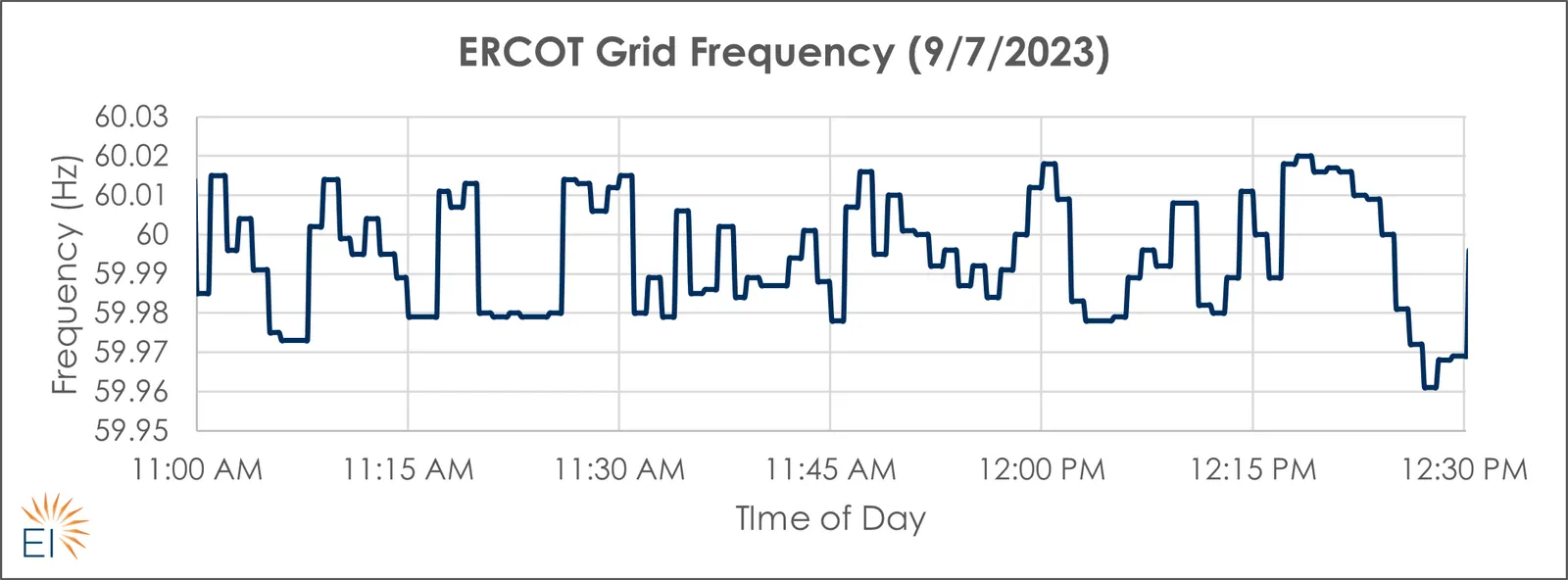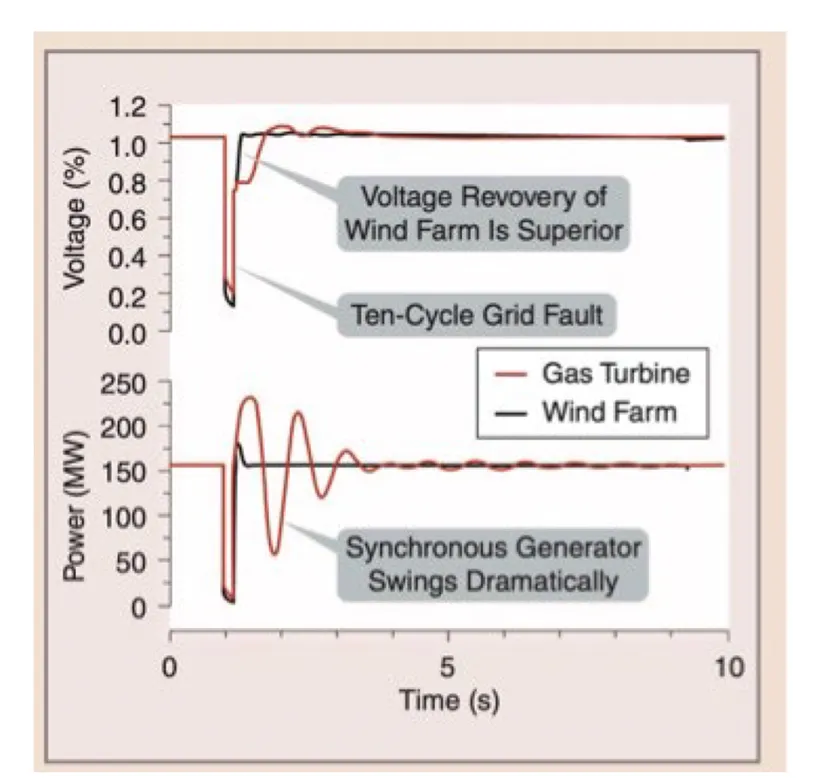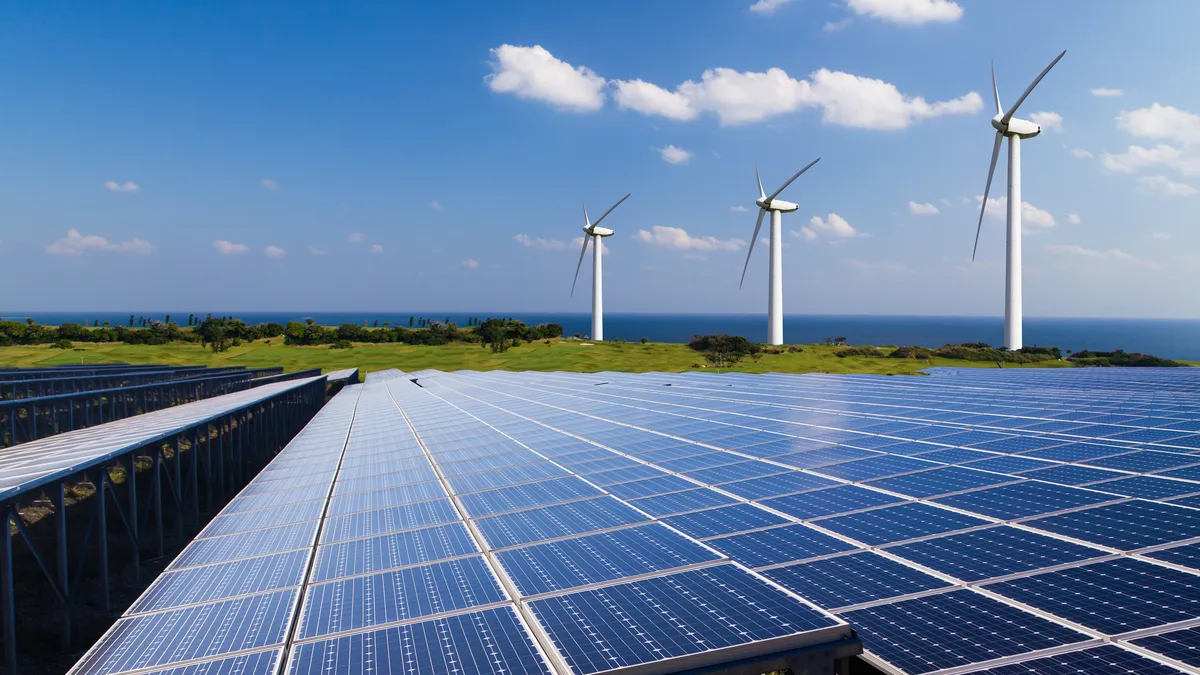This article is the second in a series titled “Real Talk on Reliability,” which will examine the reliability needs of our grid as we move toward 100% clean electricity and electrify more end-uses on the path to a climate stable future. It was written by Sara Baldwin, senior director of the Electrification Program at Energy Innovation.
In 2000, the U.S. electricity grid earned the distinction of being designated the top engineering achievement of the twentieth century by the National Academy of Engineering. Even with this badge of honor, the electric grid needs help as the country transitions from relying on fossil fuels to clean electricity. While a clean energy future is necessary, it comes with its own challenges as aging fossil field plants retire and new resources come online. Just as the introduction of the first smart phone prompted skepticism about its future in a world dominated by landlines, so do these new resources. This is especially true when it comes to their ability (and incentives) to provide essential reliability services, or ERS.
These new resources are more than capable of providing ERS, but grid operators must gain confidence that services are available when needed, and regulations and market signals must align with these needs.
The reliable operation of the grid is apple pie, reliability services are the slices
Electricity supply and demand must always be balanced to maintain relatively constant frequency and voltage. During normal operations, small changes in demand occurring in each moment must be matched by corresponding changes in resource output to maintain balance.
If the supply-demand gap becomes too large, this imbalance could lead to emergency operations of the grid. In extreme cases, outages and damage to equipment or appliances could occur. Think of the grid as a tightrope walker maintaining equilibrium at great heights, any disturbance beyond a nominal amount will result in a fall.

Much like apple pie ingredients, every machine, technology, and software supplying electricity makes different contributions to grid reliability. Not every resource must provide all types of reliability services, but the entire pie (or portfolio) must be able to respond appropriately to bring the grid back to balance.
To maintain stability, each service available in the portfolio acts in a particular time frame. For example, fast frequency response occurs in the seconds immediately following a disturbance to slow decline, and is followed by primary frequency response, which stabilizes frequency. Economic dispatch, which as the name suggests is grounded in economics, typically operates at a five-minute time step, and longer time steps are typically managed by automatic or manual dispatch through market mechanisms. These services combine to restore frequency if a large generator or transmission line fails.

When more major disturbances occur, the pie must have sufficient disturbance ride-through capabilities to maintain frequency and voltage to keep resources operating through instability. In addition to frequency restoration, generators, grid equipment, and even inverter-based resources, or IBRs, can ride through voltage disturbances and restore system stability. Maintaining stable voltage keeps the lights on and avoids equipment damage but requires different capabilities like reactive power control, which allows for voltage control in the alternating current, or AC, network.
Ma Bell, meet smart phone
Traditionally, grid operators obtained services from large thermal units and rotating machines — such as coal-fired, nuclear, and hydro-electric power plants — because the physical attributes of those machines provided the grid services needed for an AC grid. Their large, spinning mass provides inertia, which contribute to stability. The imminent retirement of dozens of coal plants is prompting new questions about the ability of renewables and storage to provide this inertia and other ERS.
This task is not straightforward. Grid reliability expert and former NREL Principal Researcher at the Electric Systems Integration Facility Michael Milligan explains that “new resources behave differently than incumbent resources.”
Solar and wind energy, for example, connect to the grid via inverters which convert the direct current they generate to the AC flow of the grid. During 2023, the hottest summer on record, states and electric grids with more renewables and energy storage fared well. These resources helped balance the grid when demand for cooling combined with extreme temperature stress on grid infrastructure. While “there is an emerging recognition that inverter-based resources can provide certain grid services,” says Milligan, “greater awareness is needed [on how].”
More research and investigation into these capabilities is warranted so these resources can replace retiring resources’ ERS. One study compared grid services from a wind plant, a gas plant and a coal plant, finding that wind could provide certain services faster. But doing this systematically would require new standards and markets that incentivize and ensure performance from IBRs.

We need greater focus on strategies to integrate renewables into markets and compensate them in a way that reflects their ability to respond. For example, renewable energy developers may be disinclined to program their resources to ride through a voltage event if such a setting could compromise their asset. This led to grid reliability events in Texas and California where solar and wind facilities tripped offline when voltage fluctuated too far, exacerbating stability issues rather than solving them. While these incidents are uncommon, they spotlight the need for an appropriate response.
Grid operators, NERC and collaborative research organizations like the Energy Systems Integration Group are already working toward implementing innovative solutions. Going forward, utilities and grid operators should quantify and understand how IBRs can respond during a grid emergency — in some cases the IBRs may be capable of providing a superior response, but they must be sufficiently compensated for doing so.
Batteries, one of the fastest growing new IBRs, are untapped sources of ERS. New advanced controls allow batteries to provide stability that has traditionally been delivered by conventional synchronous generators, known as grid forming. As these new battery resources coming online, there is a ripe opportunity for evaluating their performance. Demand-side technologies also represent an untapped source of ERS.
Operating a reliable grid requires institutional reforms
Numerous factors that impact reliability must evolve apace of the technologies themselves. For example, energy market rules and economic incentives often subject to government policies and regulatory requirements dictate how the energy resources and technologies can, and will, operate. Ideally, a combination of carrots and sticks can influence grid reliability and performance by reflecting real-world operating characteristics of various technologies, allowing and encouraging resources to “show up” with the requisite grid services.
Grid operators, already on the transition frontlines, will need to continue facilitating changes like ensuring the right settings and programming for new equipment. Shifting how the grid is operated requires more awareness of the dynamic capabilities of IBRs, and appropriate rules, market signals and mechanisms to call on those capabilities during times of need.
Grid plans should evaluate the real and potential risks, including those caused by climate change-exacerbated extreme weather. Grid planning takes on a new importance in the face of so many emerging and pervasive threats. “If you can’t plan a reliable system, you can’t possibly operate a reliable system,” Milligan says.
And, as utilities and grid operators deal with mounting challenges in the face of more intense storms, solutions should aim to “make the grid larger than the storm,” Milligan says. This could include more transmission between regions, better interregional coordination on emergency response, and ensuring market rules sufficiently incentivize grid services from IBRs.
A new recipe for the pie, aligned with the laws of physics
Reliability services are essential ingredients to grid reliability, but adapting to changes requires updating the pie recipe. IBRs can provide much — and perhaps all — of what we need, but we need new approaches and thinking. Beyond efforts to understand and embrace new technological capabilities, Milligan says we need to ask better questions, such as “how can fast frequency response replace inertia? How do we incentivize resources to provide needed services? Will market designs prevent or inhibit these incentives?” Collaborative research can help, but accepting findings and adopting new approaches can facilitate an expedited evolution.






















